Description
I. Foam Pipeline Pigs vs. Other Pipe Cleaning Pigs
Pipe cleaning pigs, especially foam pigs, have a distinctive advantage over other pipeline cleaning methods due to their efficiency, cost-effectiveness, and reduced risk of damage to the pipeline.
Foam pigs are highly efficient in removing debris, dirt, and other impurities from the pipeline. They travel through the pipeline under the force of the product flow, scrubbing the interior surface to dislodge and remove accumulated deposits. The versatility of foam pigs is notable as they can be used in pipelines of various sizes, shapes, and conditions, including those with bends, valves, and multi-diameter sections.
Perhaps the most significant advantage of foam pigs is their reduced risk of pipeline damage. They are soft and flexible, allowing them to navigate the pipeline without causing harm to the internal surface. This is particularly important for maintaining the longevity and performance of the pipeline, as it reduces the risk of leaks, rupture, or other structural issues.
 II. Selection of Pipe Cleaning Pigs
II. Selection of Pipe Cleaning Pigs
- Type and Quantity of Debris: The nature and amount of debris within the pipeline dictate the appropriate pig selection. Foam pigs are generally suitable for light cleaning applications, such as removing dirt, dust, and water. For heavier debris, like wax, scale, or rust, more robust pigs like wire brushes or scraper pigs may be required.
- Pipeline Diameter and Length: The size and length of the pipeline significantly influence pig selection. The pig must be slightly larger than the internal diameter of the pipe to ensure a good seal and efficient cleaning. Additionally, for longer pipelines, durable pigs that can withstand the journey without significant wear are essential.
- Pipeline Configuration: The layout and design of the pipeline, including bends, reductions, and fittings, should be taken into account. Flexible foam pigs are often the best choice for pipelines with multiple bends or diameter changes, as they can easily navigate these complex configurations.
- Pipeline Material: Different pipe materials may require different types of pipe-cleaning pigs. For example, steel pipelines might tolerate more abrasive pig types, such as wire brush pigs, while plastic or coated pipelines may require softer, non-abrasive foam pigs to prevent damage to the pipe interior.
- Operating Conditions: Factors such as temperature, pressure, and the type of fluid transported in the pipeline can also impact pig selection. Certain materials and designs are better suited to extreme conditions or specific types of fluids.
- Frequency of Cleaning: If routine pigging is part of the maintenance schedule, a more durable pig might be warranted to withstand repeated use.
III. Maintenance and Storage of Pipe Cleaning Pigs
The longevity and effectiveness of pipe-cleaning pigs largely depend on regular maintenance and proper storage.
After use, pipe cleaning pigs should be thoroughly inspected and cleaned. Start by visually inspecting the pig for any signs of wear or damage, such as cuts, tears, or deformation. If you notice any damage, it might be time to replace the pig.
Storing pipe cleaning pigs correctly is equally important. They should be stored in a clean, dry environment away from direct sunlight, extreme temperatures, and chemicals, as these can degrade the material of the pig over time. For foam pigs, avoid compressing them during storage as it can lead to permanent deformation. Store them in a way that maintains their original shape.
 IV. Basic Operational Procedures Required Before the Pipeline is Put into Operation
IV. Basic Operational Procedures Required Before the Pipeline is Put into Operation
Pigging and Sweeping of the Pipeline.
After the construction of the natural gas pipeline is completed, the pipeline should first be pigged and swept by Pipe Cleaning Pigs. The purpose and significance of this operation is to remove debris from the pipeline, such as dirt, welding slag, stones, grass, etc., to ensure the pipeline is in a clean state. Recommended to use: Straight plate wire brush pig. Its features are that it can travel bidirectionally, has good cleaning effects, good pass-through capacity, and good sealing, and it carries a wire brush that can remove rust and welding slag from the inner wall of the pipeline, making the pipeline cleaner after pigging. According to regulations in our national standards, the general number of pigging operations should not be less than 2 times. We recommend that in this stage, the number of pigging operations should be ideally between 2 and 4 times.
Pipeline Caliper Inspection.
After completing the pigging and sweeping operations by Pipe Cleaning Pigs of the pipeline, it is necessary to carry out a caliper inspection of the pipeline. The purpose and significance of this operation: to measure any deformations in the pipeline and detect whether there are any issues like dents or ovalities that do not meet the standard requirements. It is recommended to use: a cup-style caliper pig. If any non-compliant issues are found during this stage, rework procedures must be undertaken on the pipeline construction. According to our national standards, the inspection of the caliper plate is considered satisfactory if there is no bending, wrinkling, or deformation.
Water Filling of the Pipeline.
After the pipeline caliper inspection is satisfactorily completed, you can begin the pressure testing of the pipeline. Clean water is generally used as the medium for pressure testing. Pressure testing caps are welded at both ends of the pipeline, and the pipeline is filled with water. Before the water filling begins, a round pig can be placed in the pipeline. The water propels the round pig to travel, continuously expelling air from the pipeline, which aids in stability during pressure testing.
Pipeline Water Filling, Pressure Increase, Strength Testing, and Tightness Stability Testing.
Once the pipeline is filled with water, a pressure test pump can be used to increase the water pressure for the strength test and the tightness stability test until the results are satisfactory.
Pipeline Dewatering.
After the pipeline passes the pressure test, you can proceed with the dewatering of the pipeline. Connect the pig launchers and receivers at both ends of the pipeline, launch the pig, and carry out pigging and dewatering operations. It is recommended to use a straight plate pig. The number of dewatering operations is generally suitable to be between 3 and 5 times.
Initial Drying of the Pipeline.
After the completion of the dewatering operation using the straight plate pig of the Pipe Cleaning Pigs, the pipeline should undergo an initial drying process. This is generally done using polyether-type sponge drying balls, which can be launched continuously. The recommended number of launches is between 30 and 50 times.
In-depth Drying of the Pipeline.
The general methods for in-depth drying of the pipeline include using a dryer for dry air drying, nitrogen drying, and vacuum drying. For natural gas pipelines, dry air drying and nitrogen drying are most commonly used, but the specific method should be determined based on local working conditions and actual circumstances.
Nitrogen Displacement Protection for the Pipeline.
After operations 1-7, the pipeline should undergo nitrogen displacement protection. The pipeline is deemed satisfactory if the nitrogen content at the end of the pipeline is at least 98%, and it should be stored under slight pressure, typically around 0.05MPa.
 Conclusion
Conclusion
In conclusion, the process of pipeline cleaning, inspection, testing, and preparation for operation is a complex one that requires careful consideration and appropriate techniques. The use of Pipe Cleaning Pigs, particularly foam pigs, provides an efficient, cost-effective, and safe means of cleaning and maintaining pipelines. The selection of the right type of pig, regular maintenance, and proper storage are crucial to ensuring optimal performance and longevity of these tools.
Moreover, the operational procedures, such as pigging, caliper inspection, water filling, strength testing, dewatering, and drying, play a pivotal role in preparing the pipeline for operation. These steps are necessary to remove debris, detect any deformities, test the pipeline’s strength, and ensure it is dry and ready for use. Following these steps meticulously, along with the proper use of pipeline pigs, can significantly enhance the longevity and efficiency of the pipeline, ensuring safe and uninterrupted operation.

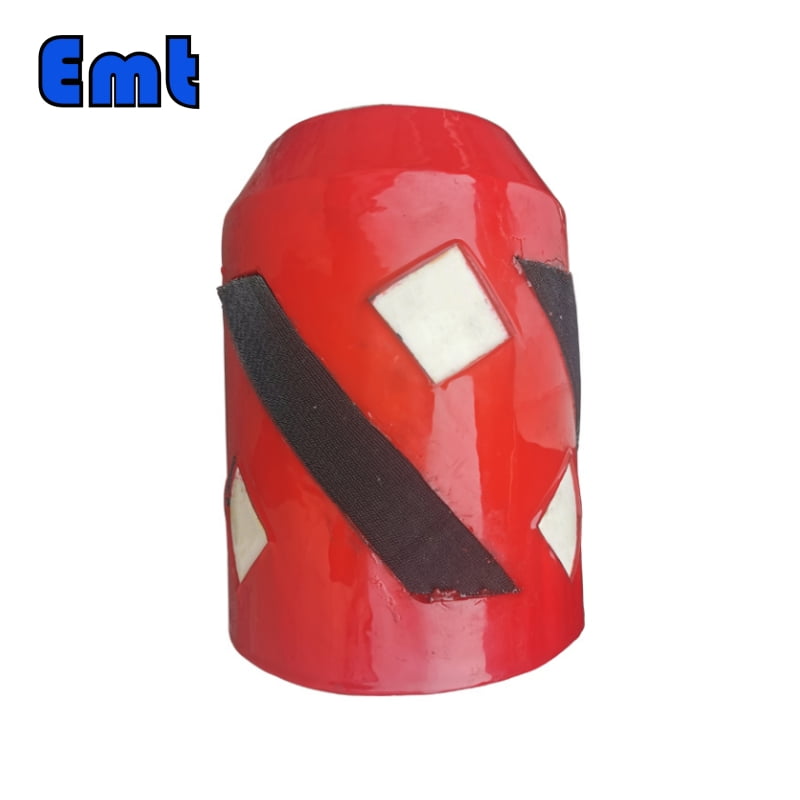
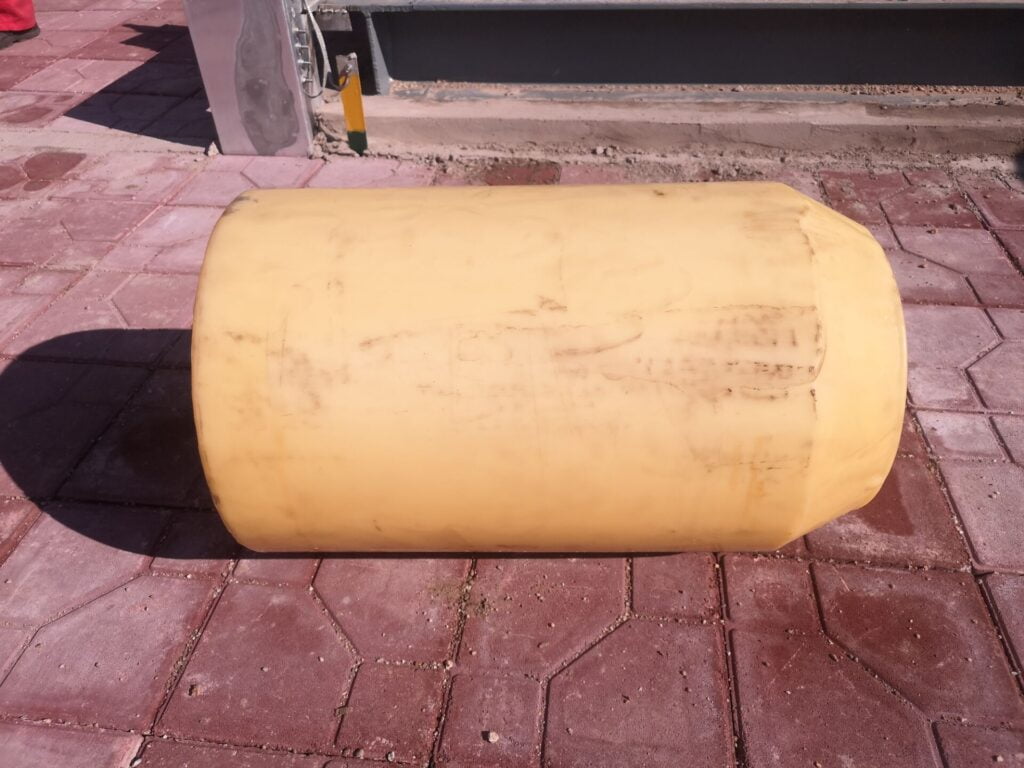 II. Selection of Pipe Cleaning Pigs
II. Selection of Pipe Cleaning Pigs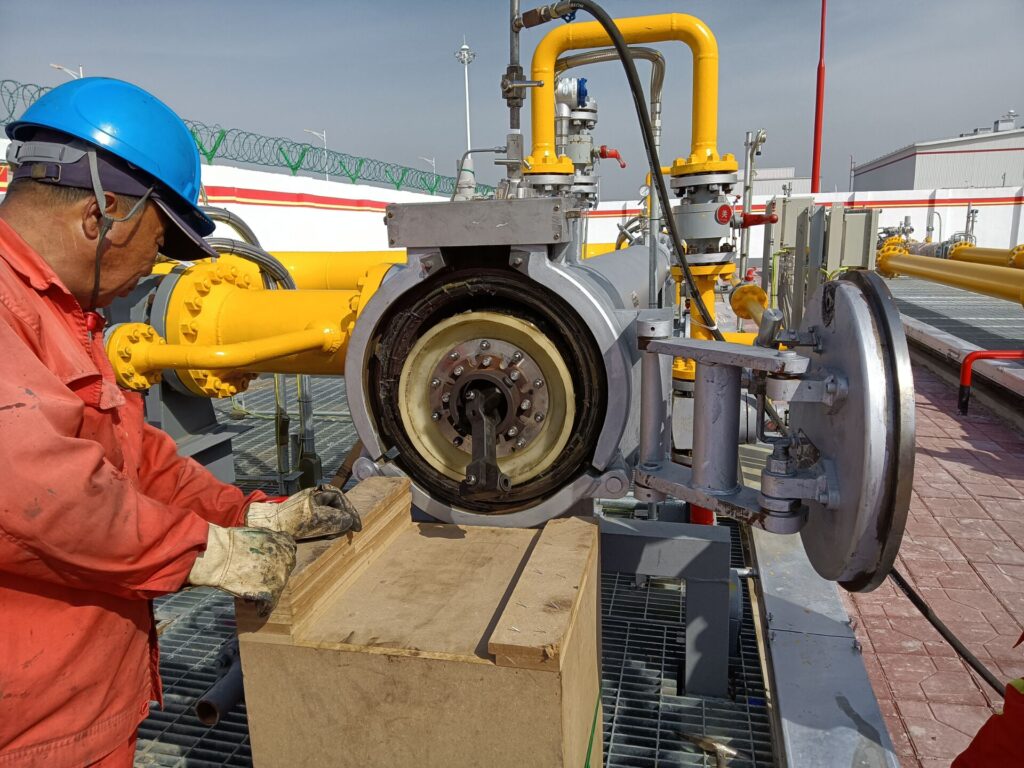 IV. Basic Operational Procedures Required Before the Pipeline is Put into Operation
IV. Basic Operational Procedures Required Before the Pipeline is Put into Operation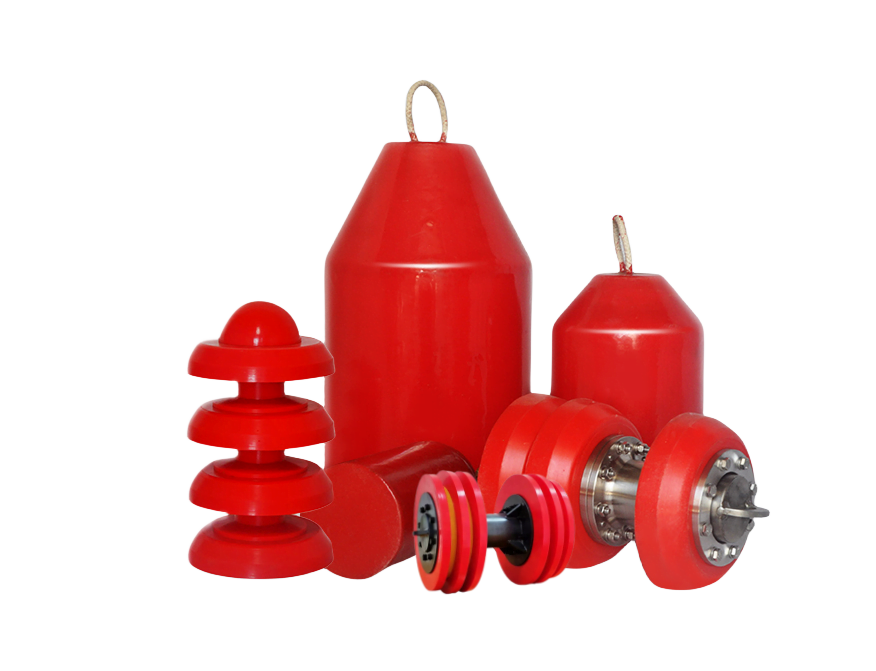 Conclusion
Conclusion
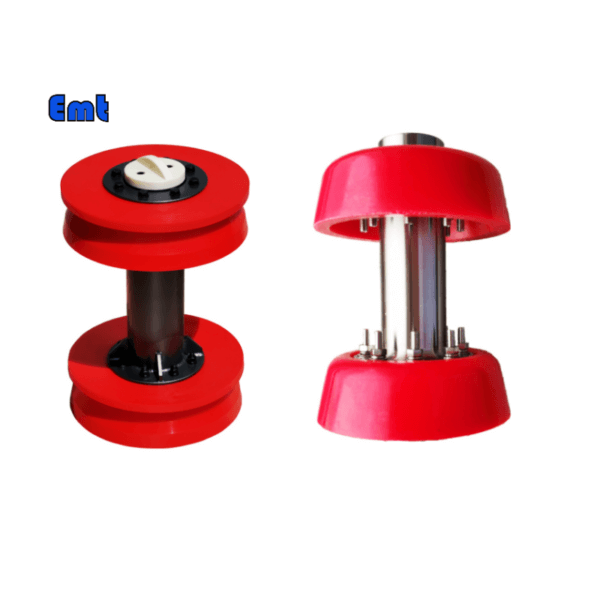
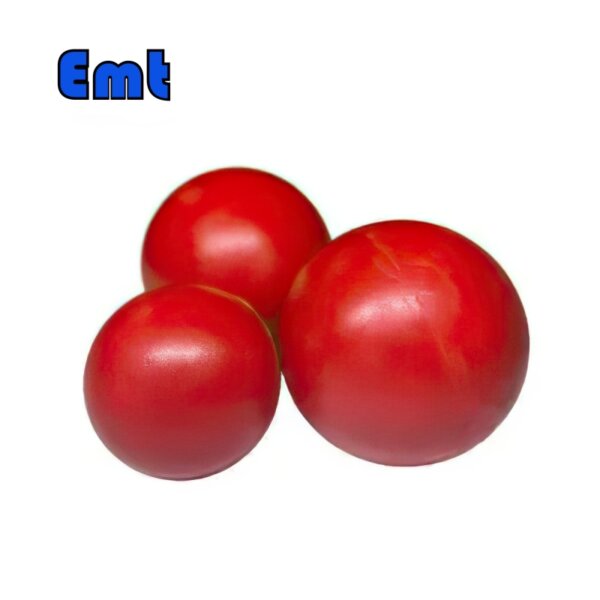
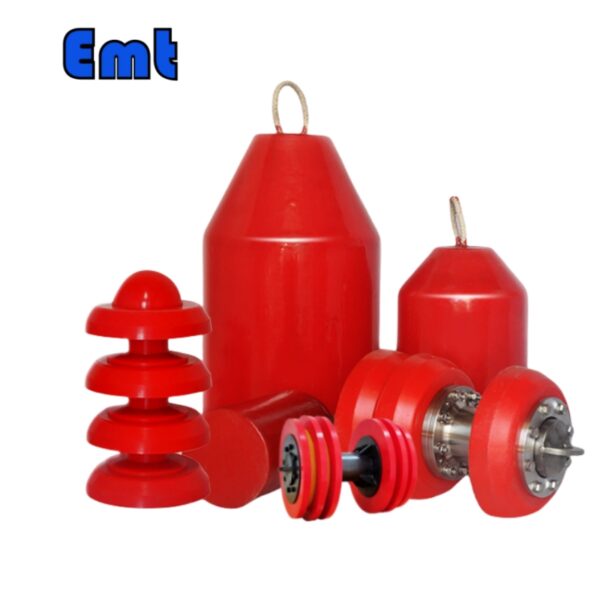
Reviews
There are no reviews yet.